In a previous Art Herstory post, we highlighted one dozen women artists from the sixteenth and seventeenth centuries. At the time, we noted that the twelve painters and sculptors in that list represented only a small percentage of female makers of centuries past.
With this post, we shine a spotlight on the accomplishments and artistic contributions of a further dozen women artists from hundreds of years ago whose names and works should be better known today.
And this is still only the tip of the iceberg! History is replete with female makers—painters, printmakers, sculptors, textile makers, botanical illustrators, and more—whose lives and accomplishments are ripe for rediscovery.
Caterina de’ Vigri (1413–1463)
Caterina de’ Vigri was born into an upper-class family in Ferrara. Raised at the court of Niccolò III, Marquis of Ferrara, she received some education in reading, writing, and music. She became a Poor Clare nun, rising to the rank of abbess. She was a mystic, a teacher, an author, and eventually a saint (St. Catherine of Bologna). Self-taught as an artist, she painted images of the Christ Child on the convent walls. She also illustrated her own breviary with multiple images of Christ and of various saints, with special attention to Clare and Francis. Her manuscripts and personal breviary are preserved as religious relics in Corpus Domini, Bologna.
Read more about Caterina de’ Vigri in Kathleen Arthur’s Art Herstory guest post Sister Caterina Vigri (St. Catherine of Bologna) and “Drawing for Devotion.”

Sin Saimdang / 사임당 신씨, 申師任堂 (1504–1551)
Sin (or Shin) Saimdang was a Korean artist, writer, calligraphist, and poet of the Joseon Kingdom. She especially known for her paintings of plants (cucumbers, eggplants, and watermelons, as well as many kinds of flowers) and insects (beetles, grasshoppers, ants, moths, dragonflies, bees, and frogs). Many of the paintings are incorporated into folding screens or albums with eight to ten painted scenes. Some 40 paintings have been attributed to Saimdang. Among the institutions that hold her works are Seoul National University Museum, National Museum of Korea, Harvard Art Museums, Gangsong Art Museum, and Seoul Museum.
Saimdang is the first woman to appear on a Korean banknote. Since 2009, hers is the face on the 50,000 won note.
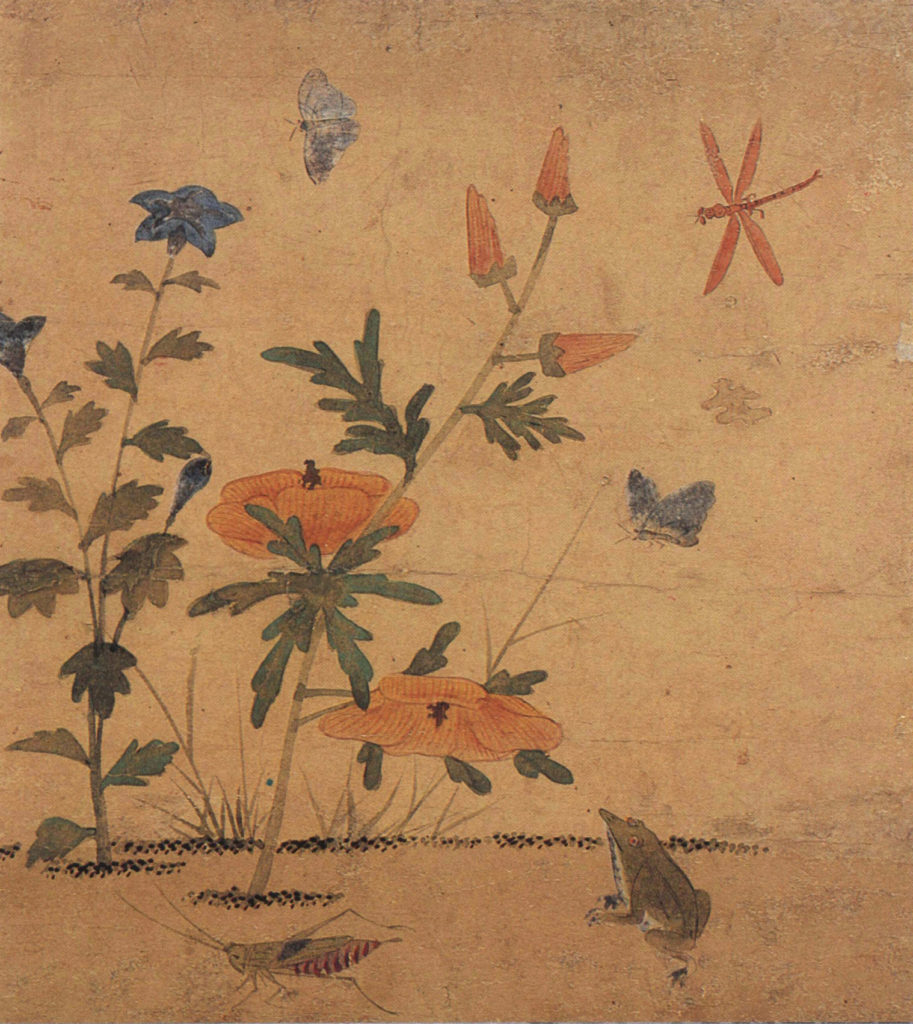
Barbara Longhi (1552–1638)
A lifelong inhabitant of Ravenna, Italy, Barbara Longhi was born into a family of painters. Her father, Luca Longhi, provided her artistic training. As a teenager, her talent was sufficiently apparent that Giorgio Vasari mentioned it in the second edition of his Lives. She painted a few altarpieces, but mainly focused on religious themes, self-portraits and genre painting. Many of her small devotional canvases depicted the Madonna interacting in one way or another with the Christ Child. She also painted several images of Saint Catherine of Alexandria, at least one of which is assumed to be a self-portrait. As far as we know, only 15–20 of her works are still extant. Her work is represented in the Museo d’Arte della Città di Ravenna, the Louvre, the National Museum of Art of Romania (Bucharest), Pinacoteca di Brera (Milan), Pinacoteca Nazionale di Bologna, Walters Art Museum, and the Indianapolis Museum of Art, among other museums.
Read here about Liana Cheney’s book on the artist, forthcoming from Lund Humphries.
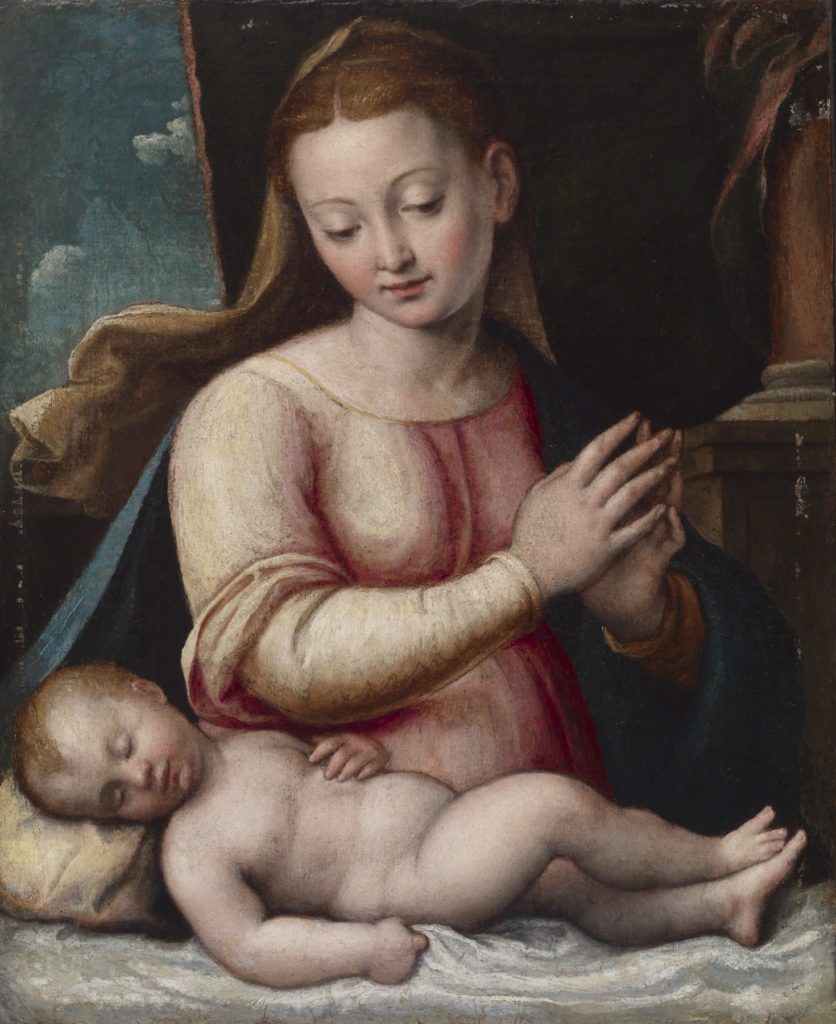
Qiu Zhu / 仇珠 (active ca. 1565–1585)
Qiu Zhu, also known as Miss Qiu and Duling Neishi, was a Chinese painter of the Ming period. It is assumed that her father—Qiu Ying, one of the Four Masters of the Ming dynasty—provided her artistic training. The subjects of her artworks tend to be figures, as opposed to landscapes. Her most famous paintings are of the goddess Guanyin: Qiu Zhu composed an album of 24 portraits of Guanyin in gold ink on black paper, in which she alternates the pictures with short text passages. She depicted other religious figures as well. Her non-religious works portray women at leisure: playing xiangqi under plum blossoms, playing a guqin under wutong trees, sitting at a writing desk, or playing with a parrot.
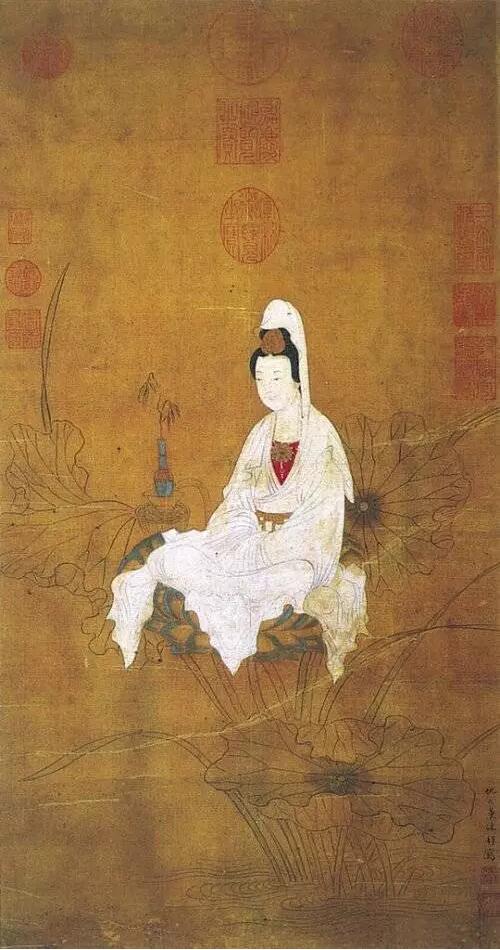
Fede Galizia (c. 1578–c. 1630)
To the extent that Fede Galizia’s name is known today, it is associated primarily with her magnificent still lifes. (In 2019, one of them sold at auction in New York for more than two million dollars.) She was a pioneer among Italian artists of the still-life genre. But Galizia dealt with other subject matter, too. She painted portraits and altarpieces, and experimented several times with Judith and Holofernes, a popular biblical theme. Fede Galizia learned the art of painting from her father, Nunzio Galizia, a painter of miniatures who moved to Milan from Trento. By her later teen years, she had established an international reputation as an artist. Giuseppe Arcimboldo (1526–1593) took a personal interest in her work, which he had sent to the imperial court of Rudolph II in Prague.
From 3 July to 24 October 2021, Castello del Buonconsiglio (in Trento, Italy) celebrates Fede Galizia in the first monographic exhibition to be dedicated to her.

Clara Peeters (1588/90–after 1636)
The only Flemish woman known to have specialized in still-life painting as early as the first decade of the seventeenth century, Clara Peeters is a pioneer among female Old Masters. Though not much is known about Peeters’ life, she is prominent among the artists who shaped the traditions of the Flemish/Dutch ontbijtjes, “breakfast pieces” and banketje, “banquet pieces.” An interesting feature of several of her early paintings is that they include miniature self-portraits within the reflections from jugs or goblets. In 2017, Madrid’s Prado Museum chose Peeters as the subject of its first exhibition to focus solely on a woman artist.
Her Still Life with Cheeses, Almonds and Pretzels, ca. 1615, held at the Mauritshuis, has—with its inclusion in December 2019 in the new CODART Canon—been designated as a “masterpiece.” Read more about this work in curator Quentin Buvelot’s Art Herstory guest post A Clara Peeters for the Mauritshuis.
Read here about Alejandro Vergara’s book on the artist, co-published by Lund Humphries and Getty Publications.

Orsola Maddelena Caccia (1596–1676)
Suor Orsola Maddalena Caccia was born Theodora Caccia. She adopted the name Orsola Maddalena when she took her vows as an Ursuline sister. She learned to paint by working as her father’s assistant. Later she organized a painting studio at the convent where she eventually became abbess. Many of her works portray religious scenes and figures. But, probably beginning in around the 1630s, she also painted still lifes with flowers and birds. She is said to have helped bring the genre of still life painting to Northwestern Italy. Suor Orsola’s output was so extraordinary that (according to the Italian scholar Angela Ghirardi) “in the late eighteenth century, the abbot Luigi Lanzi compared her to the famous professional painters Lavinia Fontana and Artemisia Gentileschi.”
Of her paintings that still exist today, most remain in the area of Italy where she lived and worked. But in 2020, a collector bequeathed three paintings by the artist to NYC’s Metropolitan Museum of Art. As a result, the Met boasts the largest collection of Caccia’s art outside of Italy.
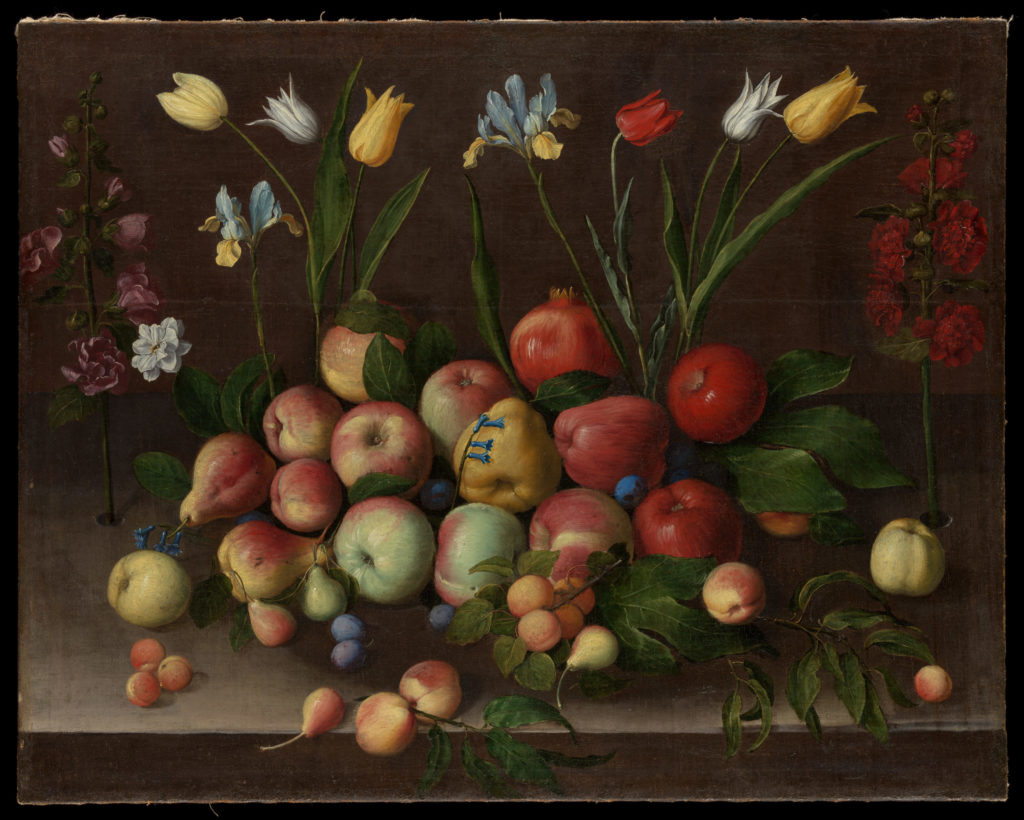
Margaretha de Heer (1603–1665)
Margaretha (or Margareta) de Heer was a painter, draftsman, and miniaturist painter of the Dutch “Golden” Age. Her father, her brother, and her husband were also artists. According to Female Artists in History, she “worked for most of her career in Friesland, where she married the painter Andries Pietersz. Nieuhoff. De Heer’s known oeuvre consists of some forty works, of which the earliest is a 1644 still life with shells and insects in the Fries Museum, Leeuwarden, with most of the others probably dating from the 1650s. The majority of de Heer’s compositions are either still-life or farmyard/country scenes.” And according to a Wadsworth Atheneum Facebook post, she was “known for her studies of insects, shells, and flowers”; and “her works display a scientific interest in nature that would have made them sought-after supplements to Art and Curiosity Cabinets.“ Many of her extant paintings are held in Dutch museums or are in private hands, but there are also a handful at the Harvard Art Museums, and one at the Wadsworth Atheneum. There is a street in Leeuwarden named after Margaretha de Heer.
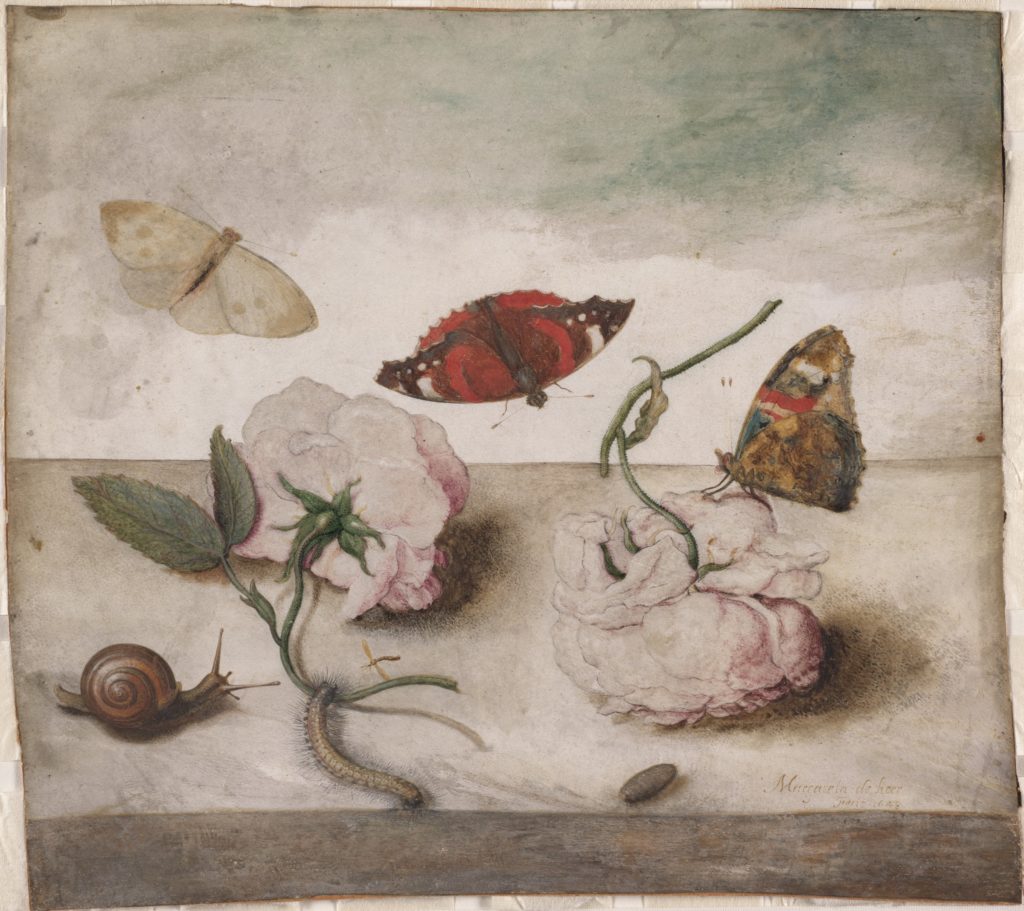
Michaelina Wautier (1604–1689)
At this point in time, the life of Michaelina Wautier, also Woutiers, is not well documented. As a middle-aged woman, the artist moved with her younger brother, the painter Charles Wautier, to Brussels. Both remained unmarried; they occupied a stately town house in that city. Besides taking on portraits (including of children) and genre paintings, she also turned her hand to the challenge of large format historical pieces. Working in both small and large format, she portrayed religious themes and mythological scenes. She enjoyed some recognition during her lifetime: she sold four paintings (which are mentioned in a 1659 inventory of the collection) to Archduke Leopold Wilhelm of Austria. But her after her death—possibly because some of her paintings were attributed to her brother, or to other male painters—her name fell into oblivion.
Wautier burst onto the twenty-first century art scene as the subject of the 2018 retrospective Michaelina: Baroque’s Leading Lady, a collaboration between Museum aan de Stroom and the Ruben’s House Museum in Antwerp. The exhibition, curated by Katlijne Van der Stighelen, included roughly 30 works, spanning from portraits to genre paintings and religious themes.
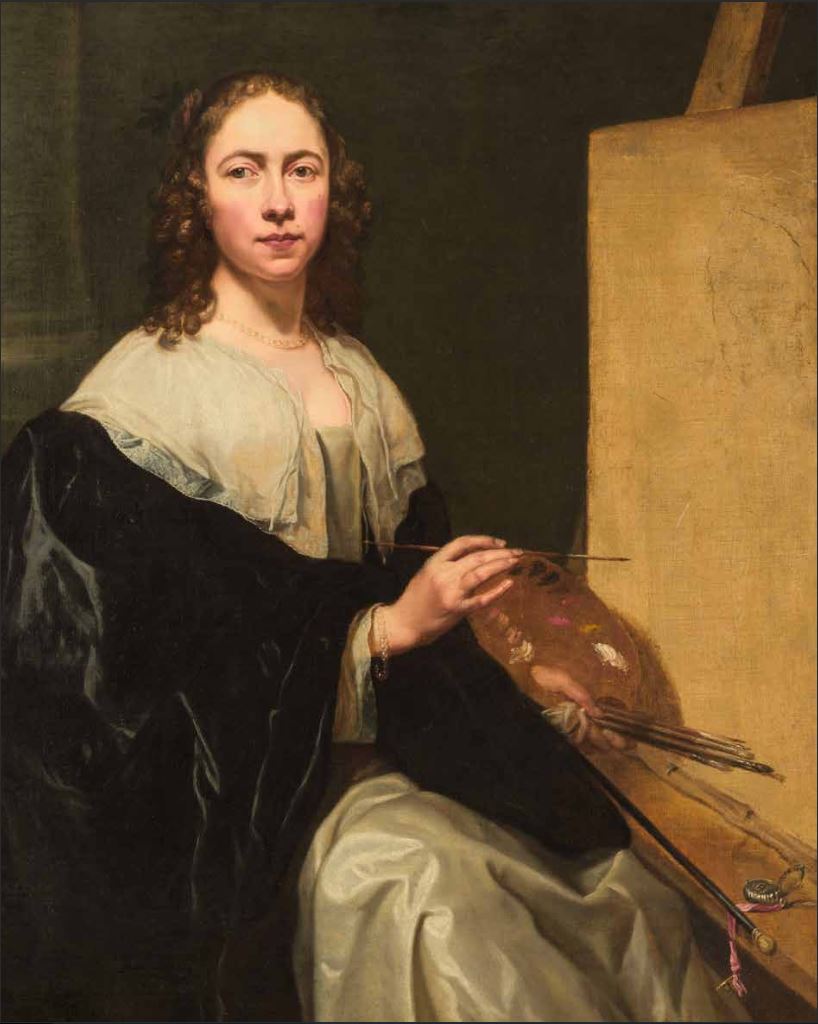
Josefa de Óbidos (1630–1684)
Also called Josefa de Ayala de Óbidos and Josefa de Ayala Figueira, Josefa de Óbidos is one of the best known and most celebrated artists of the Portuguese Baroque. Born in Spain, she lived in Portugal from the age of four. She received her artistic training from her father, who was also a painter. Her oeuvre consists, as far as we know, of about 150 works. Among these artworks are engravings, small-format paintings on copper, large altarpieces, allegories, religious scenes, portraits, and still lifes (some food-themed). The vast majority of Josefa de Óbidos’ extant works are held in churches and museums in Portugal. Among the exceptions are The Sacrificial Lamb, held at the Walters Art Gallery; Mary Magdalene Comforted by the Angels, held at the Louvre; and the newly rediscovered work shown below, which the Detroit Institute of Arts acquired in 2020.
Read here about Carmen Ripolles’ book on the artist, forthcoming from Lund Humphries.
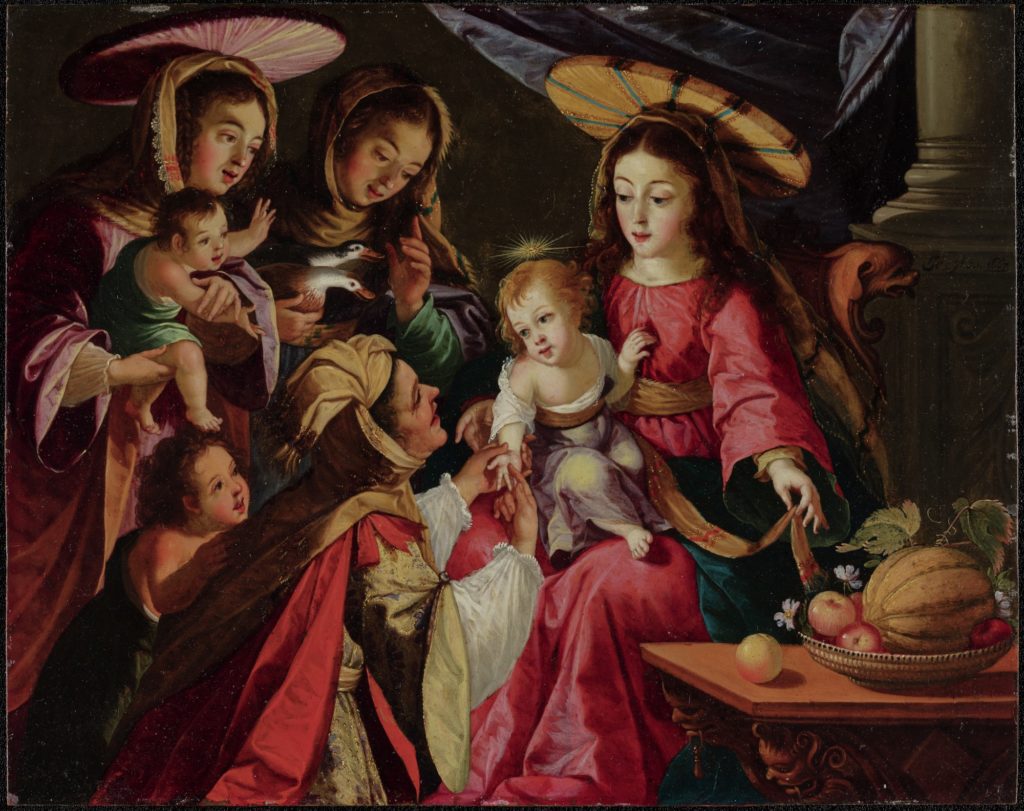
Maria van Oosterwyck (1630–1693)
The daughter and granddaughter of a minister, Maria van Oosterwyck (also spelled Oosterwijck) became one of the most successful flower painters of the Netherlands during the last half of the seventeenth century. Her still-life studies included a range of objects such as glassware, coins, musical instruments, and flowers. Many of her works incorporate a red admiral butterfly (Vanessa atalanta), which in some cultures symbolizes resurrection. She trained with the still life painter Jan Davidsz. de Heem. Later, when she moved to Amsterdam, her studio was near the workshop of Willem van Aelst, who courted her. She refused his suit, and never did marry; but she raised a nephew who had been orphaned. She had royal patrons across Europe, including Louis XIV of France, the Holy Roman Emperor Leopold I, Augustus II the Strong, William III of England, and the King of Poland. Some of her paintings are now in private hands; but many are held in museums across the US, as well as in (at least) the UK, Italy, the Netherlands, and Austria.
The painting below, recently acquired by Joslyn Art Museum, still has its original frame, which includes metal hooks to support a rod with a silk curtain (restoration shown at right). Another of her paintings, which came to light in early 2021 in France, recently sold at auction for more than 800,000 euros.
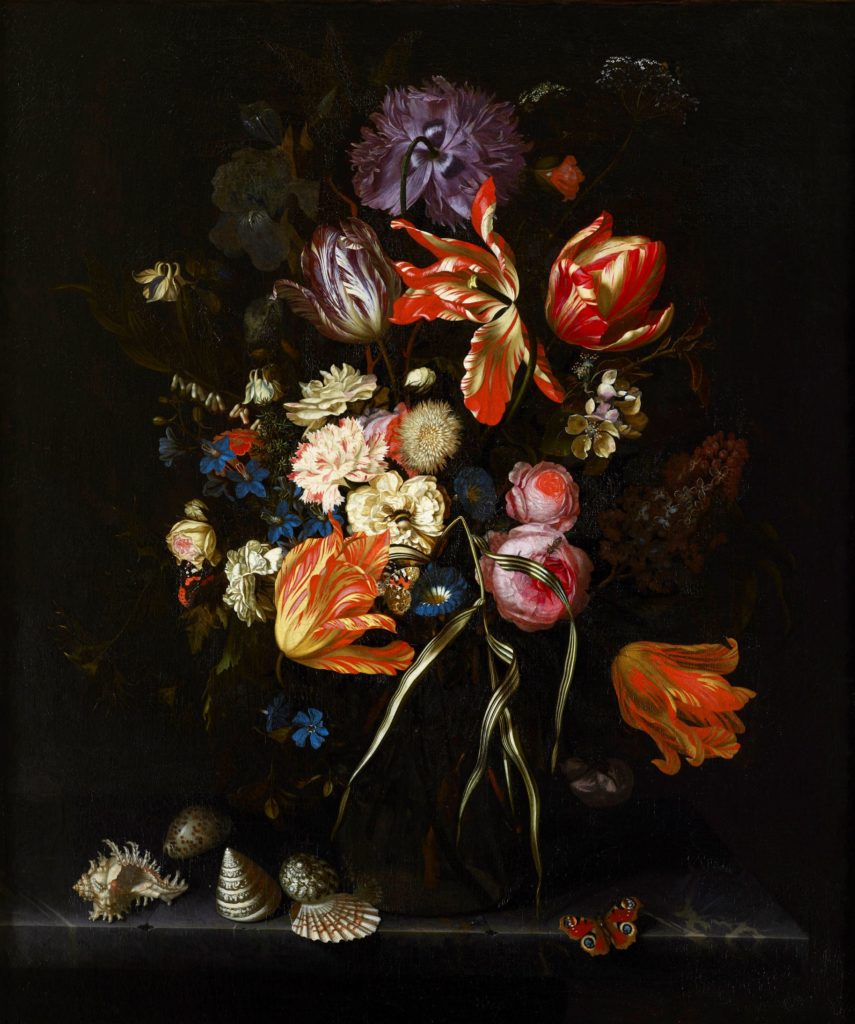

Maria Sibylla Merian (1647–1717)
Maria Sibylla Merian (1647–1717) was born in Nuremberg but lived for much of her life in the Netherlands. She is among the first European naturalists to observe insects directly. With her careful observations and documentation of the metamorphosis of the butterfly, Merian made significant contributions to the field of entomology. Merian published four books, which included her own illustrations, as well as her scientific research on the process of metamorphosis and the plant hosts of nearly 200 European insect species. At age 52, she traveled to Surinam (Dutch Guiana), where she lived and worked for two years. Upon her return to Amsterdam, she published the lavishly illustrated book Metamorphosis insectorum Surinamensium, which portrays the life cycles of the region’s insects. Her daughters, Johanna Helena Herolt (1668–1723) and Dorothea Maria Graff Gsell (1678–1743), were also talented illustrators of natural history.
With its inclusion in December 2019 in the new CODART Canon, Merian’s Pomegranate and Menelaus Blue Morpho Butterfly (1702–03; held in the Royal Collection Trust) now lays claim to the label of “masterpiece.”
Read more about Maria Sibylla Merian in Kay Etheridge’s Art Herstory guest post Curiosity and the Caterpillar: Maria Sibylla Merian’s Artistic Entomology.
Read here about Catherine Powell-Warren’s book on the artist, forthcoming from Lund Humphries.

If you liked this Art Herstory blog post, you might also enjoy:
A Dozen Great Women Artists, Renaissance and Baroque
Michelangelo’s Sisters: (Re)Introducing Female Old Masters
Why Do Old Mistresses Matter Today? (Guest post by Dr. Merry Wiesner-Hanks)
Do We Have Any Great Women Artists Yet? (Guest post by Dr. Sheila ffolliott)
The Politics of Exhibiting Female Old Masters (Guest post by Dr. Sheila Barker)





Bravissima.